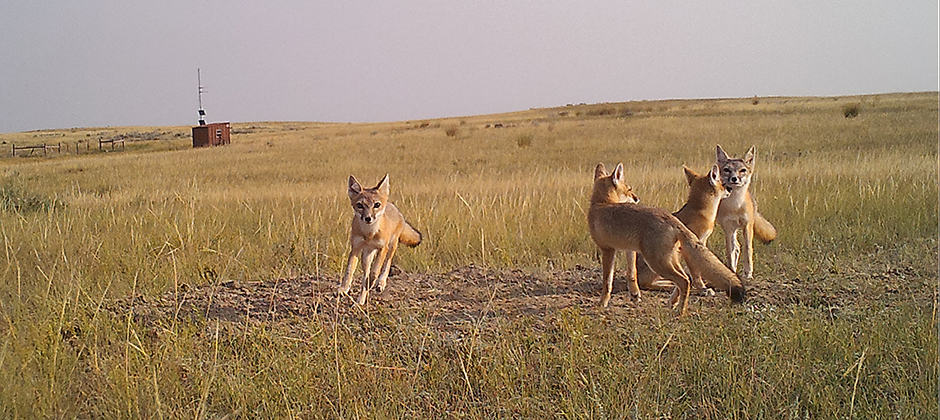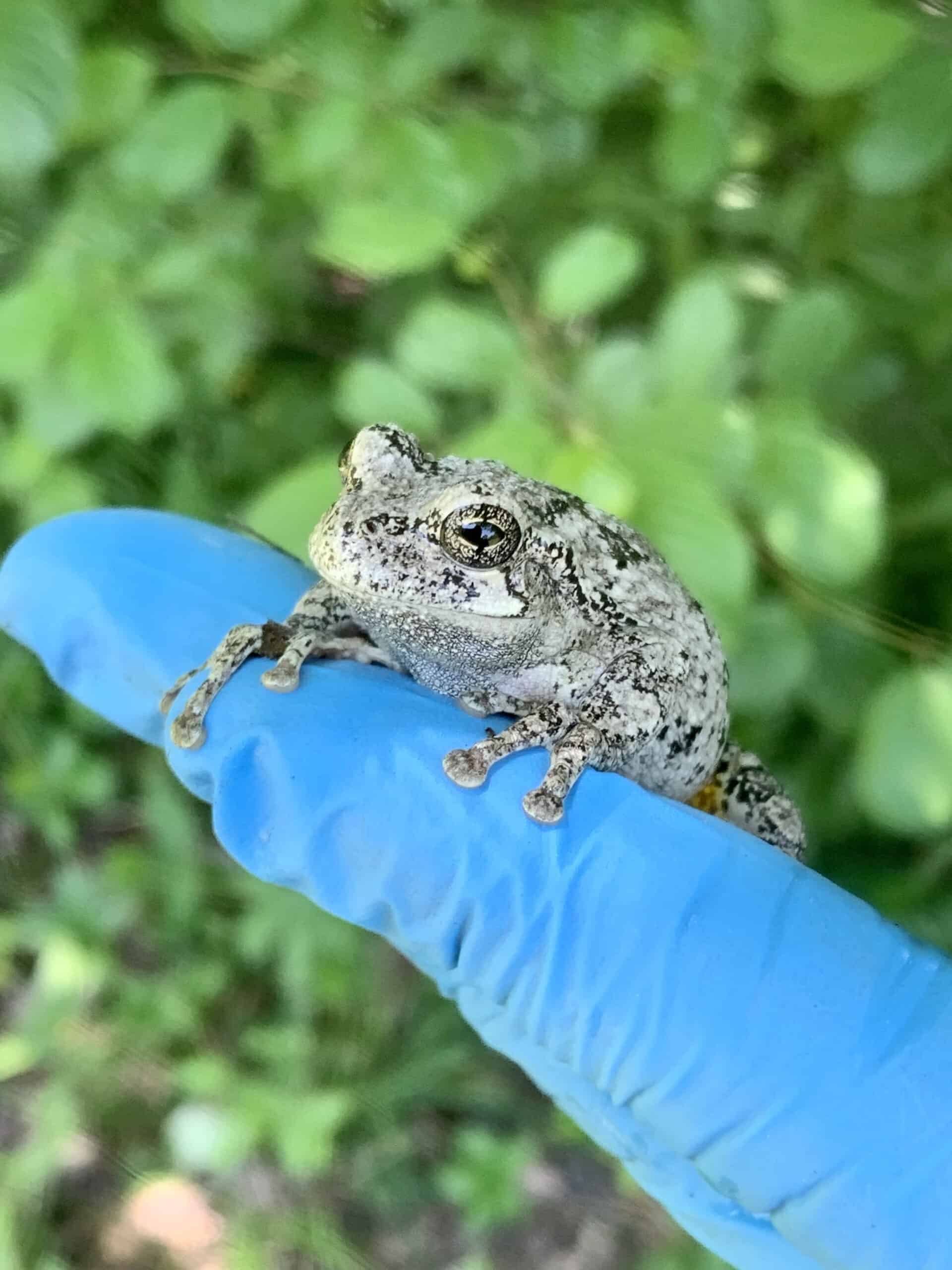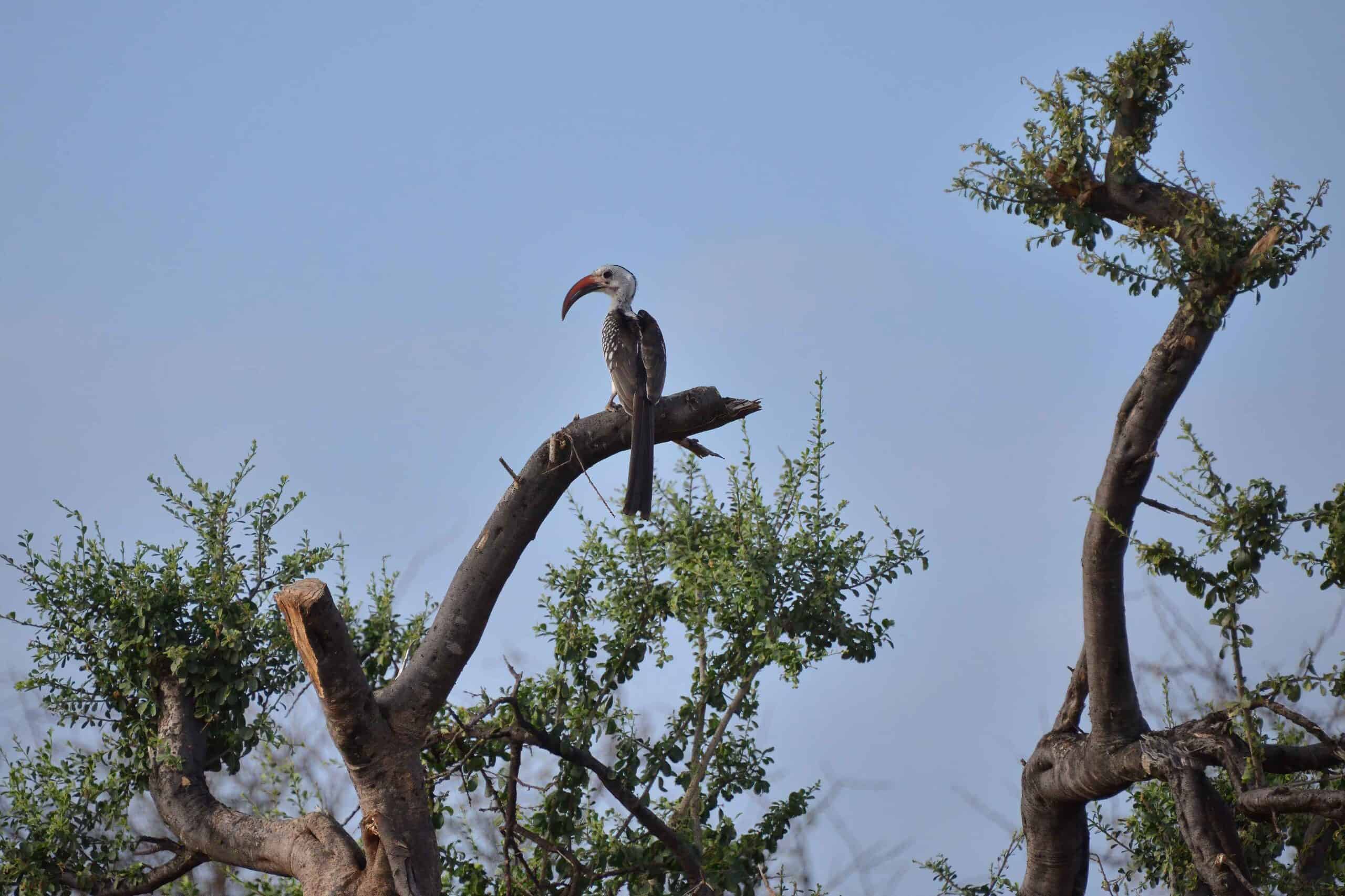Share this article
Small canids can’t outfox habitat fragmentation
A fragmented landscape places obstacles in the path of swift fox expansion in Montana.
Once much more common in the state’s grasslands, the foxes have declined over the last century. But after a reintroduction program helped establish a population in Canada, some have dispersed to Montana. The Montana population remains stable, according to recent research, but it’s blocked in on all sides by agriculture.
“Swift foxes have gone through substantial decline in the past 100 years or so,” said Andrew Butler, a research associate in the wildlife program at Clemson University and the lead author of a study published in Animal Conservation. “The amount of native grasslands on the landscape was the most important factor influencing survival.”
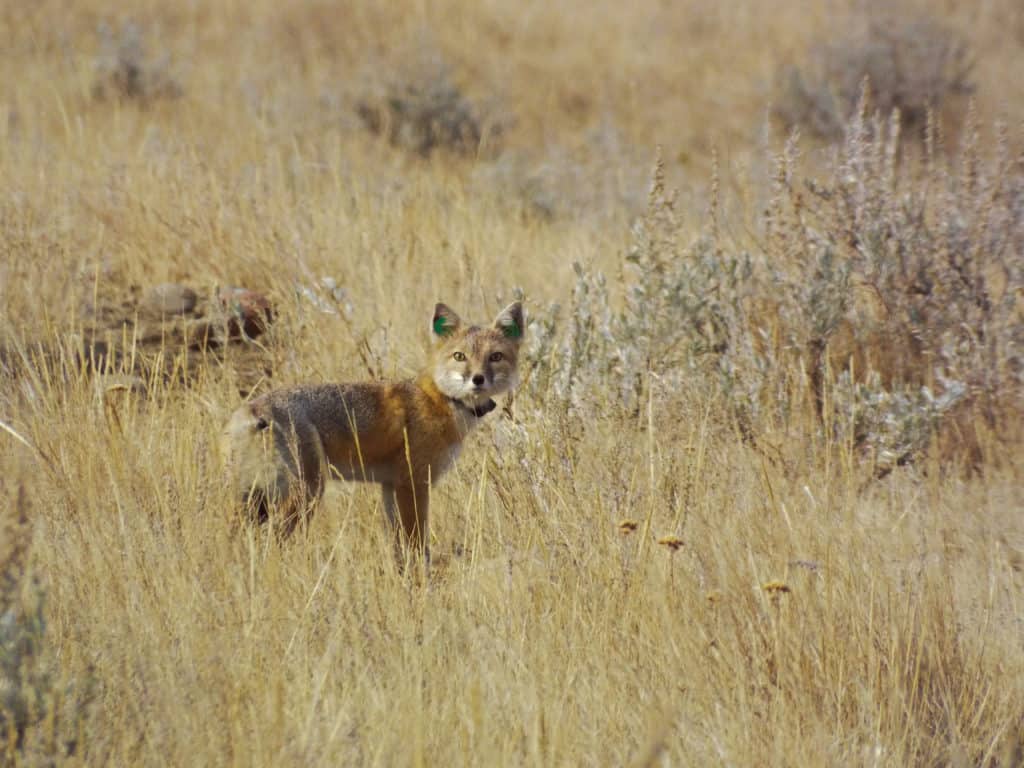
Swift foxes were fitted with GPS collars and monitored to determine dispersal from 2015 to 2017. Credit: Clemson University
The foxes (Vulpes velox) declined to about 40% of their former population and became extirpated in parts of the northern Great Plains of Canada and the United States due to being inadvertently poisoned by bait intended for wolves (Canis lupus) and coyotes (Canis latrans), over-trapping, and habitat loss to agriculture. Canadian wildlife managers began reintroducing the animals in what Butler and his colleagues call one of the largest canid reintroduction projects to date, releasing 947 animals between 1983 and 1997 in Saskatchewan’s Grasslands National Park.
As this population dispersed and grew, some swift foxes moved across the border to northeastern Montana, but they seemed to be isolated from other swift fox populations.
Butler and his co-authors wanted to learn more about the reintroduced population’s reproduction and survival south of the international border. In addition to analyzing surveys conducted by Montana Fish, Wildlife and Parks and the Calgary Zoological Society, they trapped foxes, fitted them with GPS collars and monitored them from 2016 to 2017. In the spring of those years, the team located dens and placed camera traps nearby to count pups.
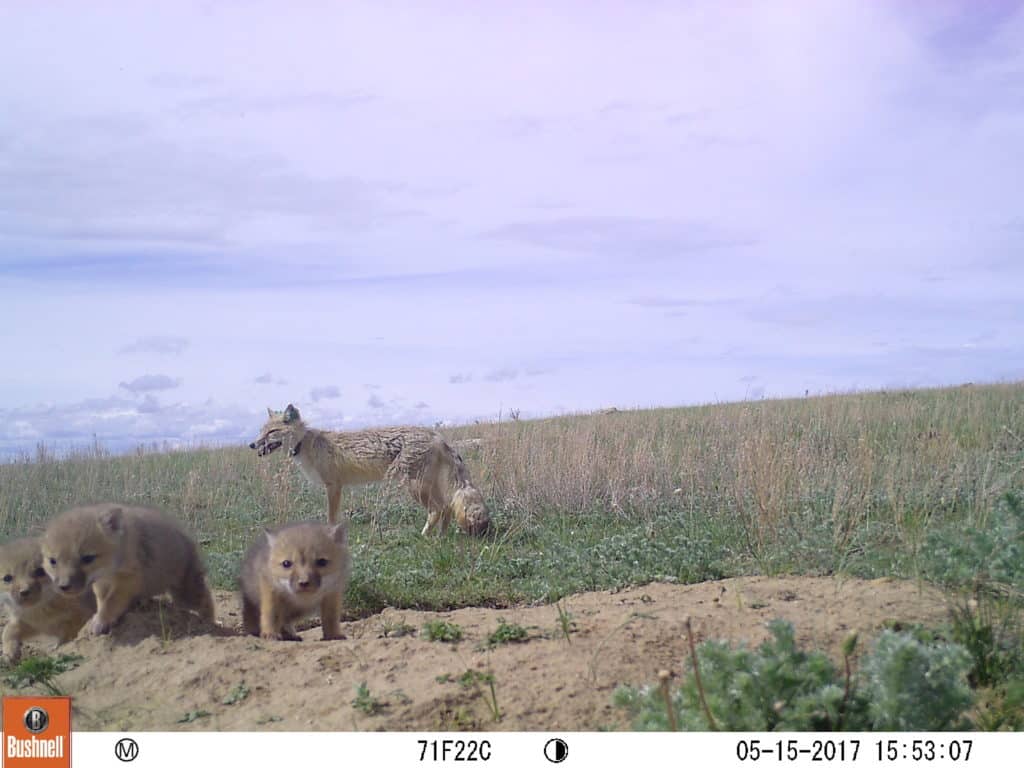
Newborn swift fox kits check out a camera near their den. Credit: Clemson University
After analyzing the photos, the team estimated their reproductive output and survival. “Based on the fact that we have low adult survival and high juvenile survival, the population is stable,” Butler said.
But the GPS data showed that the dens weren’t producing surplus juveniles that would disperse out of the area and expand their range.
“The juveniles we trapped were staying in their natal home range,” Butler said, possibly due to irrigated farmland and roads fragmenting the grasslands.
Comparing survival estimates during the recent study to those shortly after reintroduction, the researchers found the current rate was lower. The population is starting to level off, Butler said, from the rapid growth swift foxes experienced after the program started in Canada.
Overall, researchers estimate the Montana population is about 347, plus or minus 80, and about 523 on the Canadian side, plus or minus about 180.
The research should help wildlife managers better understand how to restore swift foxes to wider areas, the authors said. Improving habitat connectivity of grassland areas could play a major role.
Header Image:
Researchers monitored young swift foxes to determine reproduction and survival rates.
Credit: Clemson University



